The Island of Cres
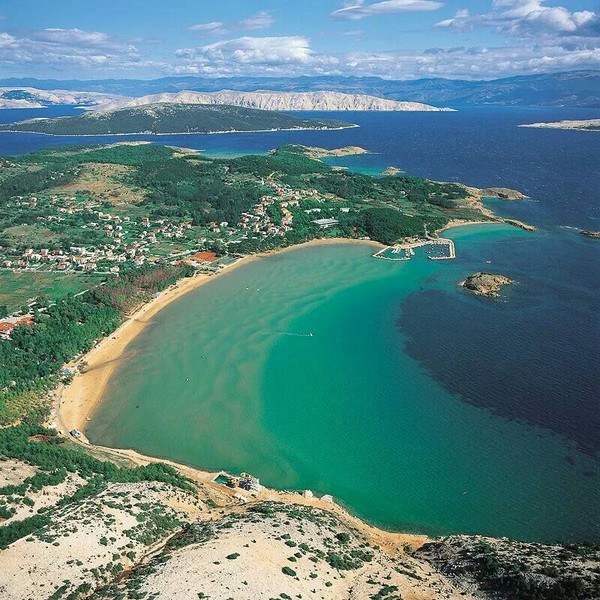
[아츠앤컬쳐] 크레스 섬은 아드리아해에서 가장 큰 섬 중 하나로, 크로아티아 북부의 크바르너만에 위치하며, 이스트리아반도 바로 맞은편에 있다. 인구가 적은 크레스 섬은 흔히 크로아티아 여행지의 많은 군중에서 벗어나 고즈넉하고 차분하게 즐길 수 있는데, 브레스토바(이스트리아)나 발비스카(크르크)에서 페리로, 리예카와 자그레브에서 버스로 쉽게 접근할 수 있다.
크레스는 선사 시대부터 사람들이 거주해 왔다. 고대에는 로마 제국 아래 크레프사로 알려졌고, 이후 비잔틴, 베네치아, 오스트리아-헝가리 제국에 속하여, 시대마다 건축적, 문화적 영향을 남겼다. 20세기에 크레스는 이탈리아에서 유고슬라비아 내 크로아티아 공화국의 일부가 되었으며, 1991년 마침내 독립한 크로아티아의 일부가 되었다.
크레스는 허브, 야생화, 올리브, 소나무가 우거져 있고, 지중해성 기후를 띤다. 남쪽과 서쪽은 해변과 만이 있고, 북쪽 트라문타나 지역은 울창한 참나무, 밤나무, 소사나무 숲으로 덮여 있다. 크레스는 멸종 위기에 놓인 유라시아 대머리 독수리의 몇 안 되는 서식지 중 하나로, 보존을 위해 벨리의 카푸트 인술래 에코 센터의 노력으로 섬 전체에 번식 개체 수가 급증하고 있다.

크레스 섬에서 가장 인기 있는 명소로 루베니스 해변은 역사적인 언덕 꼭대기 마을인 루베니스 아래에 절벽으로 둘러싸인 평화로운 외딴 만으로, 가파른 산책로나 배를 타고 갈 수 있다. 수정처럼 맑은 물과 하얀 자갈 해변으로 유명한 스베티 이반(세인트 존스) 해변은 군중을 피하고 한적한 자연을 즐기는 관광객에게 이상적이다. 독일 잡지 빌트는 스베티 이반 해변을 세계에서 가장 아름다운 해변 40곳 중 15위로 선정했다.
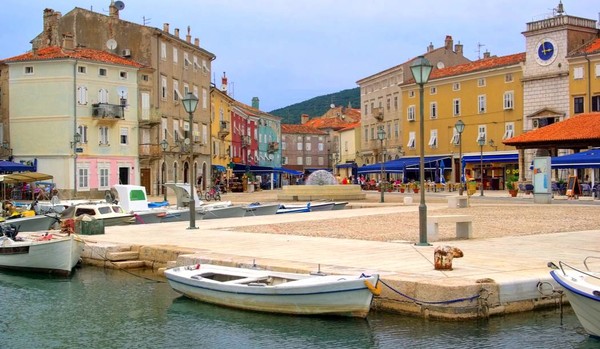
크레스 마을은 섬과 이름을 공유하는 가장 큰 마을이자 행정 중심지다. 크레스는 보호구역이 있는 만에 위치해 있으며 오랫동안 낚시와 무역을 위한 항구 역할을 해왔다. 잘 보존된 역사적 중심지는 좁은 거리, 석조 주택, 베네치아 건축물, 16세기 로지아와 눈의 성모 마리아 교회와 같은 랜드마크로 특징지어진다. 활기찬 해안에는 카페, 상점, 현대적인 해안로가 있으며 인근 해변을 도보로 쉽게 이용할 수 있다. 비옥한 땅으로 둘러싸인 크레스는 고품질 전통 올리브 오일로도 유명하다.
크레스에서 주목할 만한 장소로는 조용한 해변과 낚시 전통으로 유명한 발룬, 평화로운 해안 마을 마르틴쉬치차, 그리고 섬에서 가장 오래된 정착지이자 트라문타나 숲의 관문인 벨리가 있다. 한때 크레스와 로시니를 연결하는 로마의 주요 항구였던 오소르는 고고학적 유적지와 여름 오소르 음악의 저녁 행사로 잘 알려져 있다. 가장 중요한 문화 유적지는 1498년에 완공된 11세기 발룬 석판과 르네상스 시대의 정문을 가진 오소르 승천 교회가 있으며, 마을의 수호 성인인 성 가우덴티우스의 유물이 보관되어 있다.
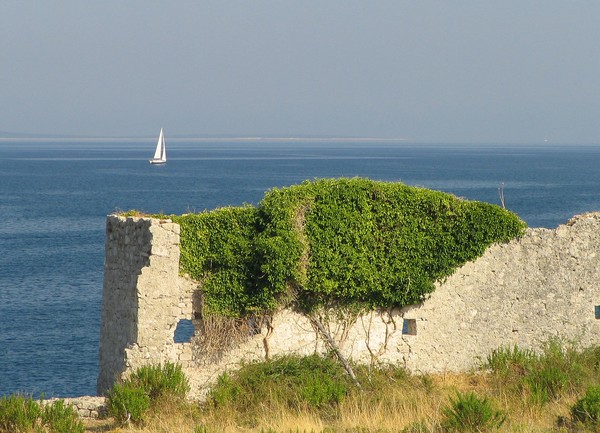
풍부한 동식물, 아름다운 해변, 경치 좋은 풍경을 자랑하는 크레스는 자연과 역사, 평화로운 분위기를 추구하는 관광객에게 훌륭한 선택이 될 것이다. 이 섬은 군중 없는 하이킹, 수영, 야생동물 관찰, 문화 유적지를 제공한다. 올리브 오일, 신선한 생선, 양고기, 야생 허브를 기반으로 한 현지 요리는 섬의 계절적, 전통적인 특성을 반영한다. 다양한 풍경, 진정한 마을, 보호받는 자연 환경을 갖춘 크레스는 독특하고 보람찬 휴가를 선사할 것이다.
번역 주한 크로아티아 대사관 양지윤
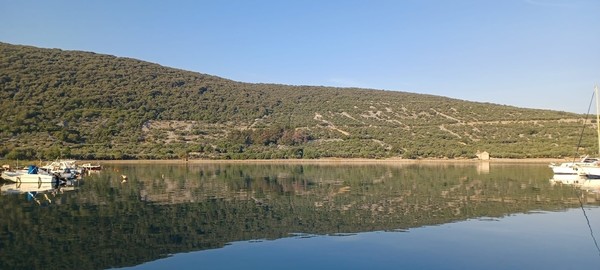
The Island of Cres
The island of Cres is one of the largest in the Adriatic Sea and is located in the Kvarner Gulf in northern Croatia, directly across from the Istrian peninsula. Home to a small population, Cres provides a quiet and authentic experience, away from the crowds typical of more developed Croatian coastal destinations. It is easily accessible by ferry from Brestova (Istria) or Valbiska (Krk), as well as by bus from Rijeka and Zagreb.
Cres has been inhabited since prehistoric times. In ancient times, it was part of the Roman Empire and known as Crepsa. It later came under Byzantine, Venetian, and Austro-Hungarian rule, with each period leaving architectural and cultural influences that are still visible today. In the 20th century, Cres became part of Italy, then the Republic of Croatia within Yugoslavia, and finally became part of independent Croatia in 1991.

Cres’s landscape reflects its Mediterranean climate, with herbs, wildflowers, olive groves, and pine forests. The south and west feature beaches and bays, while the northern Tramuntana region is covered in dense oak, chestnut, and hornbeam woods.
Cres is also one of the few remaining habitats of the endangered Eurasian griffon vulture, with a notable breeding population still soaring over the island. Conservation is led by the Caput Insulae Eco-Centre in Beli, which also offers educational exhibits and walking trails through the nearby Tramuntana forest.
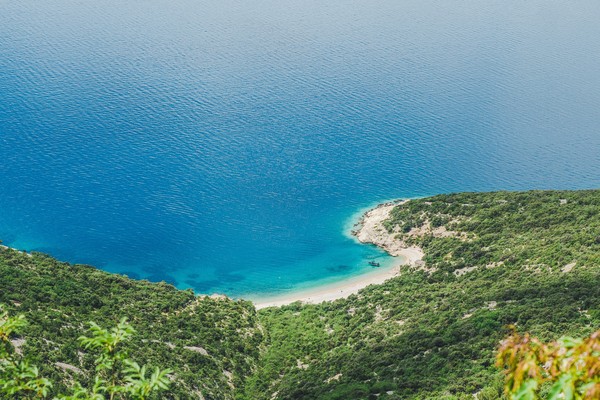
Lubenice Beach is one of the most popular attractions on the island of Cres. Situated beneath the historic hilltop village of Lubenice, this remote cove can be reached by a steep walking trail or by boat. In the same area lies Sveti Ivan (St John’s) Beach, known for its crystal-clear water and white-pebble shore. Surrounded by cliffs and offering a peaceful setting, the beach is ideal for tourists looking to avoid crowds and enjoy nature in a more secluded environment. The German magazine Bild ranked Sveti Ivan Beach 15th among the 40 most beautiful beaches in the world.
The town of Cres, sharing its name with the island, is the largest town and administrative centre. It is situated in a sheltered bay and has long served as a harbour for fishing and trade. Its well-preserved historic centre is characterized by narrow streets, stone houses, Venetian architecture, and landmarks like the 16th-century loggia and Church of St Mary of the Snows. The lively waterfront offers cafés, shops, a modern marina, and nearby beaches are easily accessible on foot. Surrounded by fertile land, Cres is also famous for its high-quality traditional olive oil.
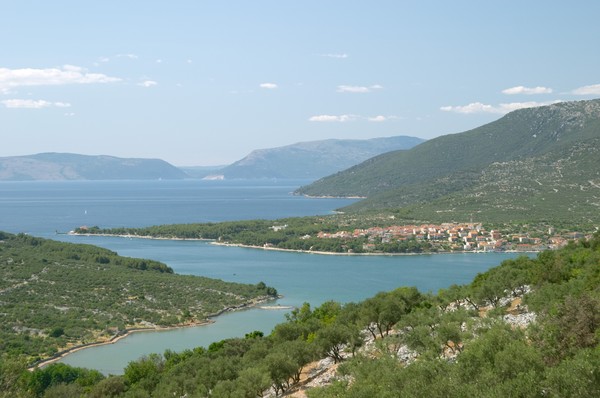
Notable places on Cres include Valun, known for its quiet beaches and fishing tradition; Martinšćica, a peaceful coastal village; and Beli, the island’s oldest settlement and a gateway to the Tramuntana forest. Osor, once a key Roman port linking Cres to Lošinj, is well-known for its archaeological sites and the summer Osor Music Evenings. Cultural highlights include the 11th-century Valun Tablet and the Church of the Assumption in Osor, completed in 1498, which has a Renaissance portal and houses relics of St Gaudentius, the town’s patron saint.
With its rich flora and fauna, beautiful beaches, and scenic landscapes, Cres is an excellent choice for tourists seeking nature, history, and a peaceful atmosphere. The island offers hiking, swimming, wildlife observation, and cultural sites, all without the crowds. Its local cuisine, based on olive oil, fresh fish, lamb, and wild herbs, reflects the island’s seasonal and traditional character. With diverse landscapes, authentic villages, and a protected natural environment, Cres offers a unique and rewarding holiday experience.

글 | 로레타 베르토사 쿠센 Loreta Bertosa-Kusen
주영국크로아티아대사관 전권대사
Minister Plenipotentiary Embassy of Croatia in London

